Count Amadeo Preziosi, who died in 1882, was an Orientalist painter who was passionately in love with the Bosporus and worked in watercolour and pen and ink.
Amadeo Preziosi (1816-1882 ), was a Maltese - English painter. He was descended from a family which had migrated from Corsica to Malta in the 17th century and been awarded a title by the king of Sicily. Preziosi was born in Valletta on 2 December 1816, and spent his childhood and youth in Malta. His father Count Gio François was an eminent figure in Malta and a wealthy man. The family of Preziosi, one of the wealthiest in the early Eighteenth century, was financially ruined by the third quarter of that century. In 1757, Count Preziosi was obliged to dispose of all his silverware as he owed thousands of scudi. Although the Count was in the employment of Pinto, it was this Grand Master who forced Preziosi to sell many possessions and ordered the auction of the Count’s precious items to repay some of the larger debts, particularly to the Count’s sister. It is probable that Preziosi had grossly overspent in the construction of his magnificent villa at Lija.
Preziosi was educated by private tutors, and his passion for drawing and painting began as a child. Although he studied law in compliance with his parents’ wishes he eventually abandoned this profession to devote himself to painting, first entering the studio of Giuseppe Hyzler, and subsequently going to France to complete his art education at the Paris Academy of Arts. This was a time when European painters were flocking to the Gateway to the East, as Istanbul was known as “Queen of the cities” and under this influence Preziosi packed up his paints and brushes and set out from Malta in 1842, travelling first to Italy and then to Istanbul.
The fact that he was from Malta, which was ruled by the British Empire, meant that Amadeo Preziosi carried an English passport. He therefore established very close friendships not only with the Levantine society of Pera but with Levantine families of British descent as well. He was an artist especially sought out by the English diplomatic mission. Several paintings by Preziosi, who had deep respect for the King and Queen of England, even made it into the painting collection of the British Palace.
In 1850 during the Crimean War the Western press asked Preziosi to paint the warships, the British army, and various unusual scenes on the Bosporus. Preziosi was extremely productive during this period. When Albert Edward, Prince of Wales, and his fiancée Princess Alexandra Christina were staying in Istanbul in 1869, they visited the artist’s studio in Hammalbaşı Street opposite the British Embassy in Beyoğlu and purchased several paintings.*
Since his paintings were so popular, Preziosi published two albums of his lithograph works. The second album, in the Topkapı Palace Library, was reprinted in 1883, shortly after the artist’s death, by the Canson Libraire in Paris using the Le Mercier system.
On 24 September 1882 the following news item appeared in the ‘Levant Herald’, a newspaper published in Istanbul: “Messieur Preziosi, watercolor painter and famous artist of our city, was in the countryside around Yeşilköy the day before yesterday with his servant for the purpose of hunting. After spending some time there, he decided to return home and handed his rifle to his servant. But the rifle slipped from his hand and fell to the ground setting off the trigger, and Messieur Preziosi was wounded in the spray of shrapnel that followed the explosion. The shrapnel settled in the artist’s ribs. He is severely injured and his condition is grave.” Amadeo Preziosi never came out of the coma he fell into on the day that news was printed. He is buried in the San Stefano Catholic Cemetery at Yeşilköy.
Although his house on Hammalbası Street has entirely lost its original fabric today and the area has undergone considerable changes due to the new apartment buildings that have gone up in the former garden of the mansion on Yeşilköy’s Teyyareci Nuri Bey Street, it nevertheless continues to withstand time’s depredations.
He notes in his memoirs that his original intention had been to stay for two years, but so absorbed did he become in the sights and bewitching atmosphere of Istanbul that it held him like a magnet, and he hardly noticed the passing of the years. Sketchbook under arm he wandered its streets, caught up in an increasing love for the city and its people. Istanbul returned Preziosi’s affection, and he was welcomed everywhere, in tiny back street shops, coffee houses, hamams (Turkish baths), and places of worship. In his canvases he immortalised the humdrum sights of daily life: a street seller, a dancing bear, a woman filling her water jar at a street fountain. Through his eyes we also see the blue waters of the Bosphorus with caiques gliding along, pavilions and palaces. His paintings sold well among local and foreign customers alike, who hung them on the walls of their grand houses and palaces.
Lithographs of Preziosi’s paintings were published in two albums, Stamboul: Recollections of Eastern Life In 1858, and Stamboul: Souvenir d’Orient in 1861. In 1883, the year after his death, a third album was published entitled: Encyclopedie Des Arts Decoratifs de L’Orient: Stamboul - Moeurs et Costumes.
Count Preziosi’s paintings were exhibited in Paris and London in 1858, 1863 and 1867. For some years he was court painter to Sultan Abdul Hamid II, and today examples can be seen in the Istanbul Museum of Painting and Sculpture, Topkapı Palace, the Naval Museum and several private collections.
Sources:
1- Istanbul Aşığı Ressam Kont Amadeo Preziosi (First Edition), by Osman Öndeş; 1972 Milliyet Sanat Yayınları / Istanbul - (Second Edition) 1999 Aksoy Yayıncılık / Istanbul.
2- Kont Amadeo Preziosi, Dessinateur amoureux d’Istanbul, by Osman Öndeş; Genese (Revue de culture, de littérature et de débat) Paris, France 2001.
3- A Diary in the East During the Tour of the Prince and Princess of Wales by Willaim Howard Russell, London George Routledge and Sons, 1869. Pgs. 507.
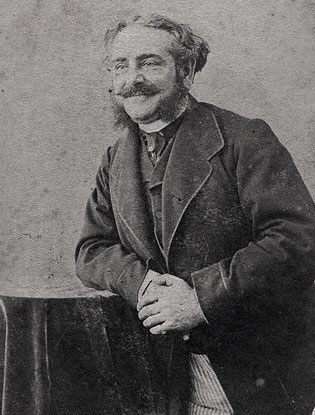 |
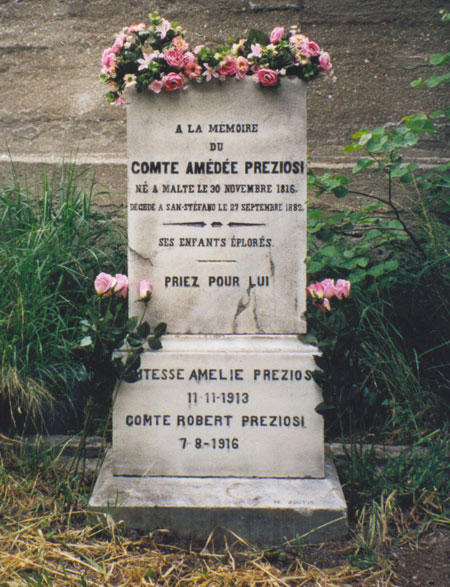 |
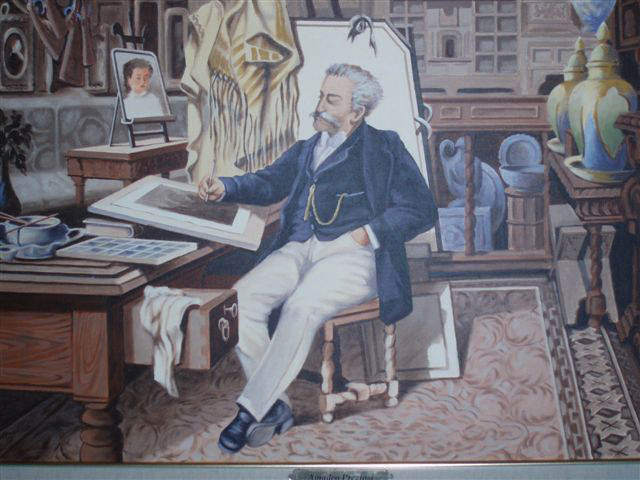 |
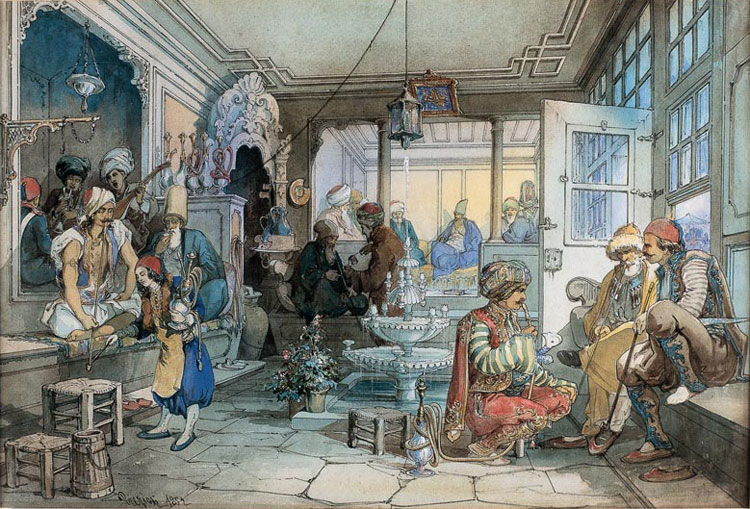 |
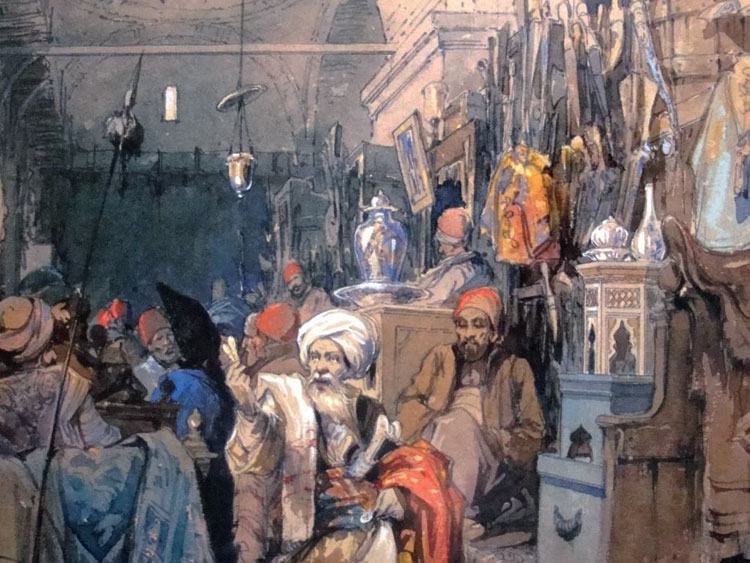 |
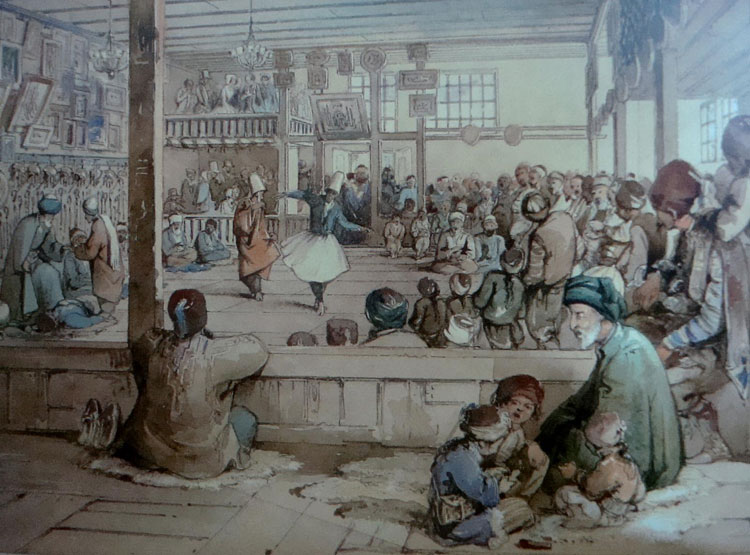 |
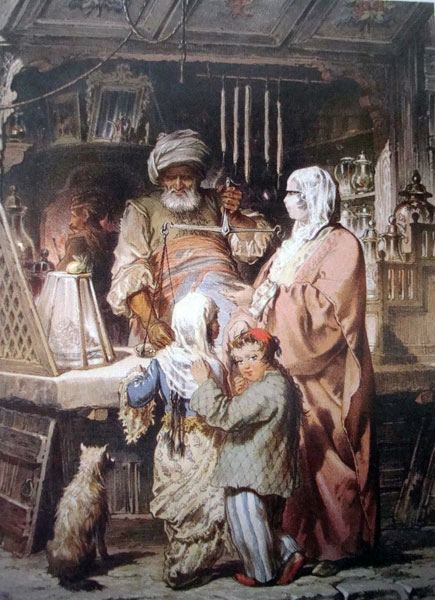 |
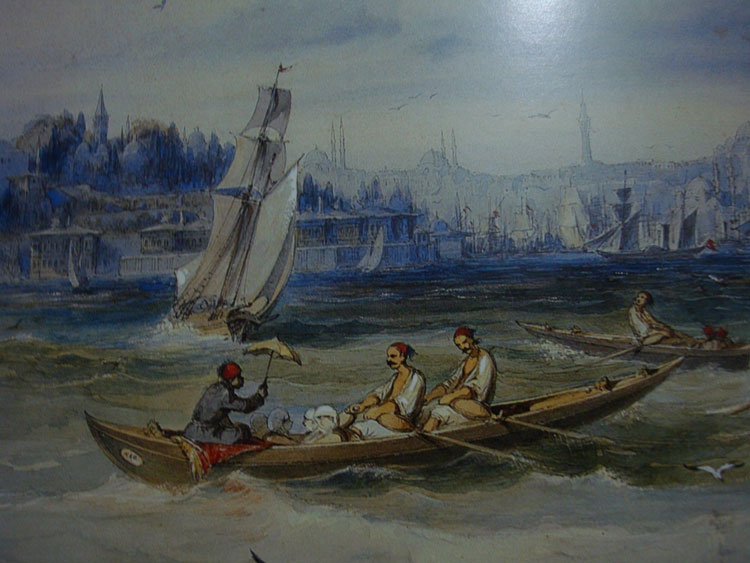 |
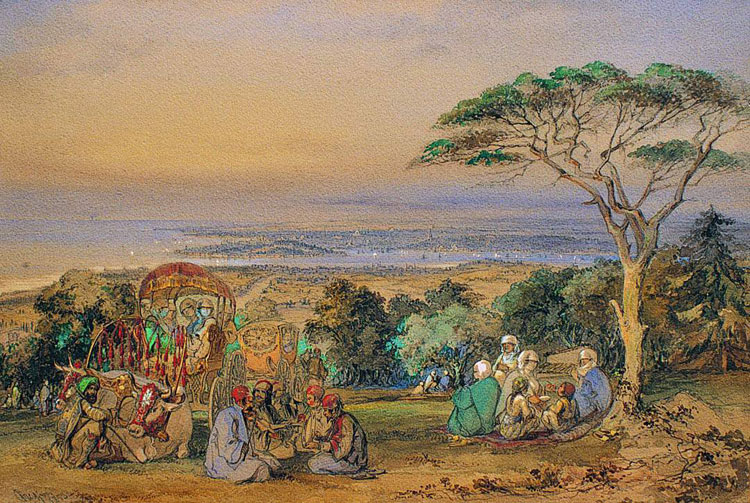 |
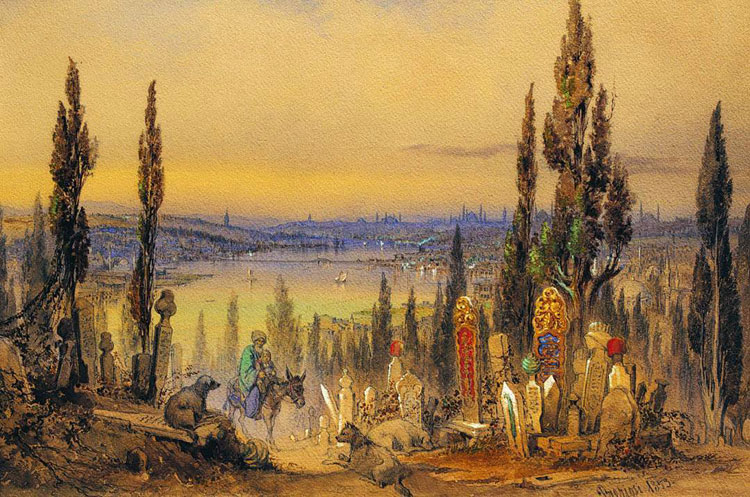 |
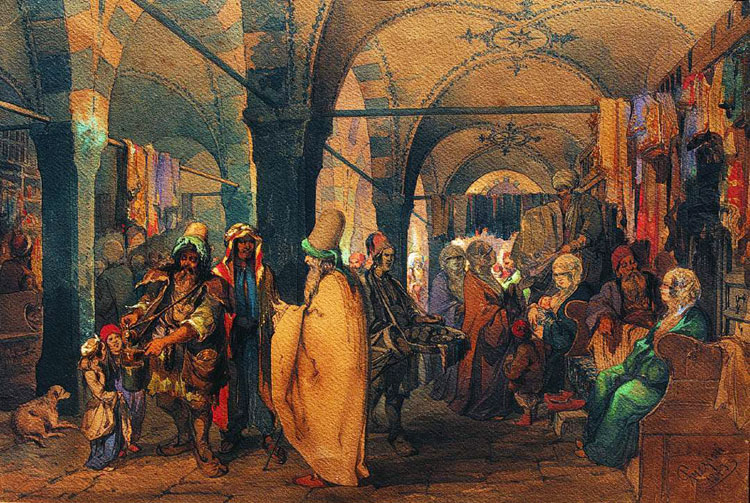 |
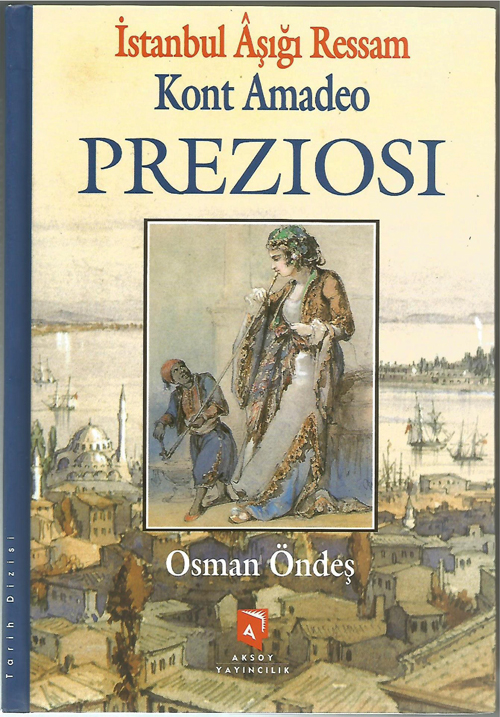 |